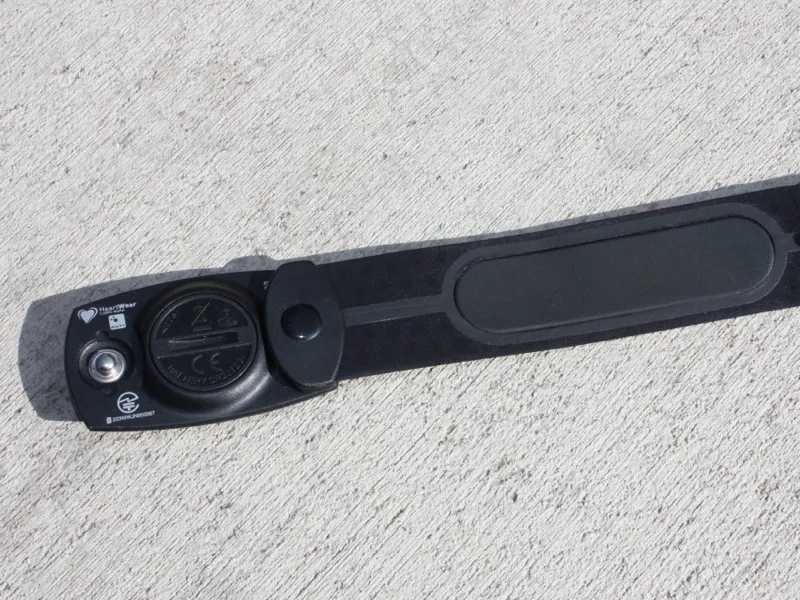The PowerCal is a strap with an algorithm that converts your heart rate into an ANT+ watts signal. This can then be displayed on compatible computers, such as the Garmin Edge of CycleOps Joule.
On the plus side, it quantifies your effort on the bike, providing a real-time 'wattage' number as you ride and allowing for a full measurement of effort in any number of power software options.
On the negative side, it isn't a power meter. The PowerCal doesn't measure power, it guesses it, and in doing so doesn't provide any realistic semblance of accurate power meter data.
For years, CycleOps has done a great job of providing reliable hub-based power meters at a reasonable cost. The PowerCal is an attempt to bring in some new customers at a very low relative price.
Part of the problem is simply presentation: if the PowerCal showed information called something besides 'watts' it could be more useful. Just look at the Nike FuelBand.
Quantifying effort without a real power meter is tricky. Strava has addressed this with a Suffer Score based on time spent in various heart rate zones. In the parallel field of running, TrainingPeaks has used a Training Stress Score based on time over pace, taking your top-end speed into consideration. And the iBike has undertaken to measure most of the forces opposing a cyclist, and doing the math to spit out a wattage number.
In a number of trials with the PowerCal, we found the 'wattage' numbers to be way, way off, both in the short term and averaged over 90-minute rides. Also, the corresponding summation metrics, such as kilojoules or Training Stress Scores, were also off by about 30 percent compared to files from the same ride with a power meter.

In TrainingPeaks, PowerCal's number changes were much more drastic
There's no way to adjust anything in the PowerCal's algorithm. Whether you're a 20-year-old fit woman or an 80-year-old man with one leg, the PowerCal spits out the same wattage number based on fluctuations in heart rate.
The concept – quantifying your effort on the bike without a power meter – isn't a bad thing. But the PowerCal isn't a power meter, and shouldn’t be presented as one.





